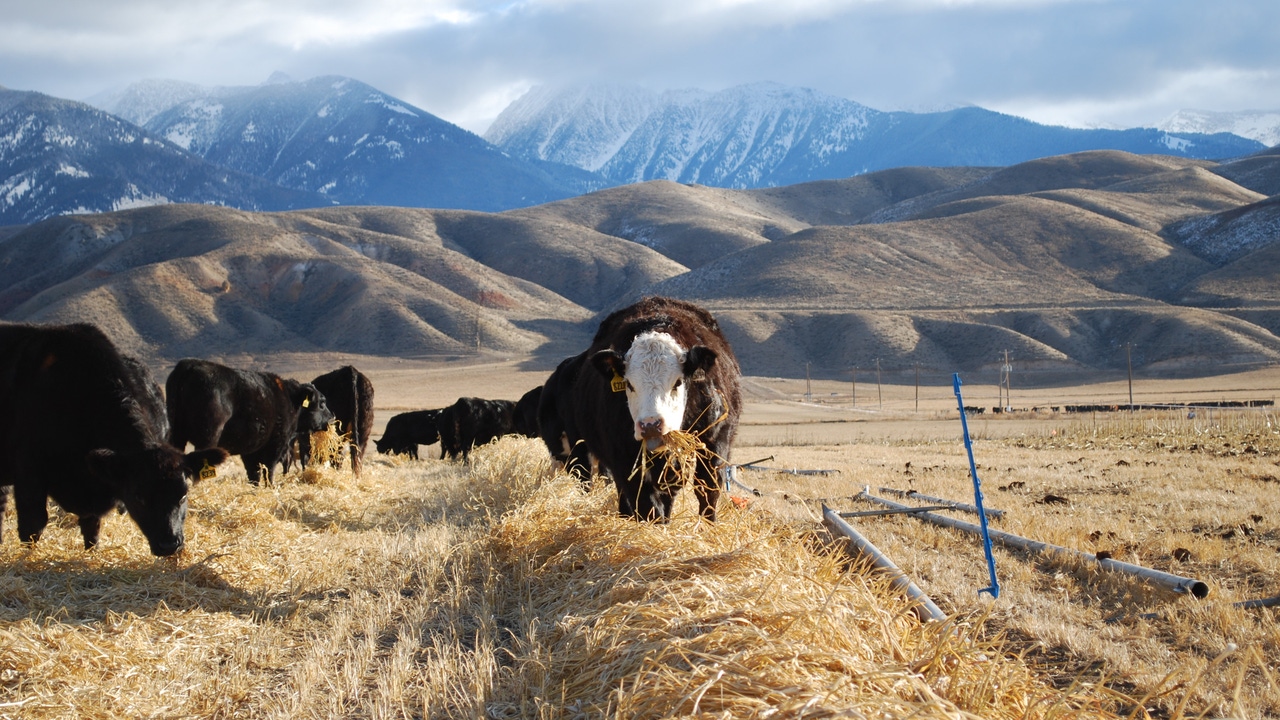
Colorado study probes regenerative ag practices
A study last year from Colorado State University’s Department of Soil and Crop Sciences together with the Graduate Degree Program in Ecology found regenerative practices including integrating crop and livestock systems were successful as long-term carbon storage solutions and increasing soil fertility. Results were published in the Proceedings of the National Academy of Sciences (PNAS).
This study was done by ecology PhD candidate Aaron Prairie, along with research scientist Alison King and Francesca Cotrufo, professor of soil and crop sciences. For the study, Prairie did a meta-analysis.
“This means that rather than doing my own experiment, I looked for and collated all available literature,” he said.
“I looked at the effect specific regenerative agricultural practices have on soil carbon. We could then start forming hypotheses about how different management practices actually build soil carbon,” he explained.
There has been meta-analysis on this topic before, but only on a small subset of management strategies. Prairie wanted to see how different conditions promote better outcomes. “We could then change our management according to what we want to see in terms of what kind of carbon we are interested in,” he said.
“The main practices I focused on, defined as regenerative practices, includes no-till (studies comparing no-till to conventional till, plowing up the soil every year). We also looked at what I termed cropping system intensification, which is any practice that increases the number of crops grown each year. This includes cover crops, double crops, intercrops, two crops per year, etc.” Various strategies can keep soil covered during the entire year, not leaving it bare and exposed without some plants or living roots in it.
Questions about this Article?:

Copyright © 2021-2025. All rights reserved
This website stores cookies on your computer. These cookies are used to collect information about how you interact with our website and allow us to remember you. We use this information in order to improve and customize your browsing experience and for analytics and metrics about our visitors on this website. To find out more about the cookies we use, see ourPrivacy Policy.